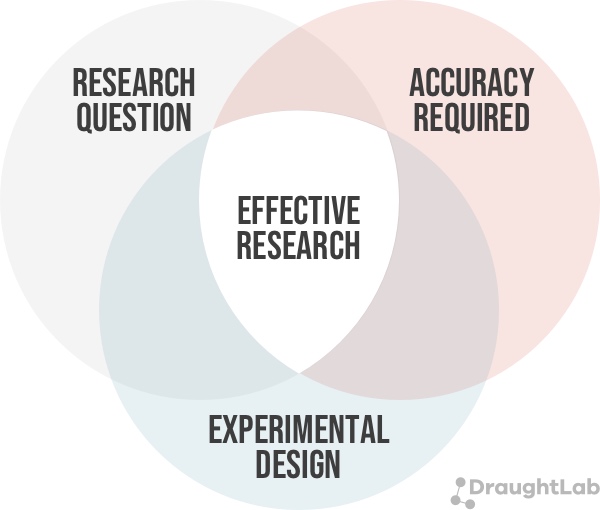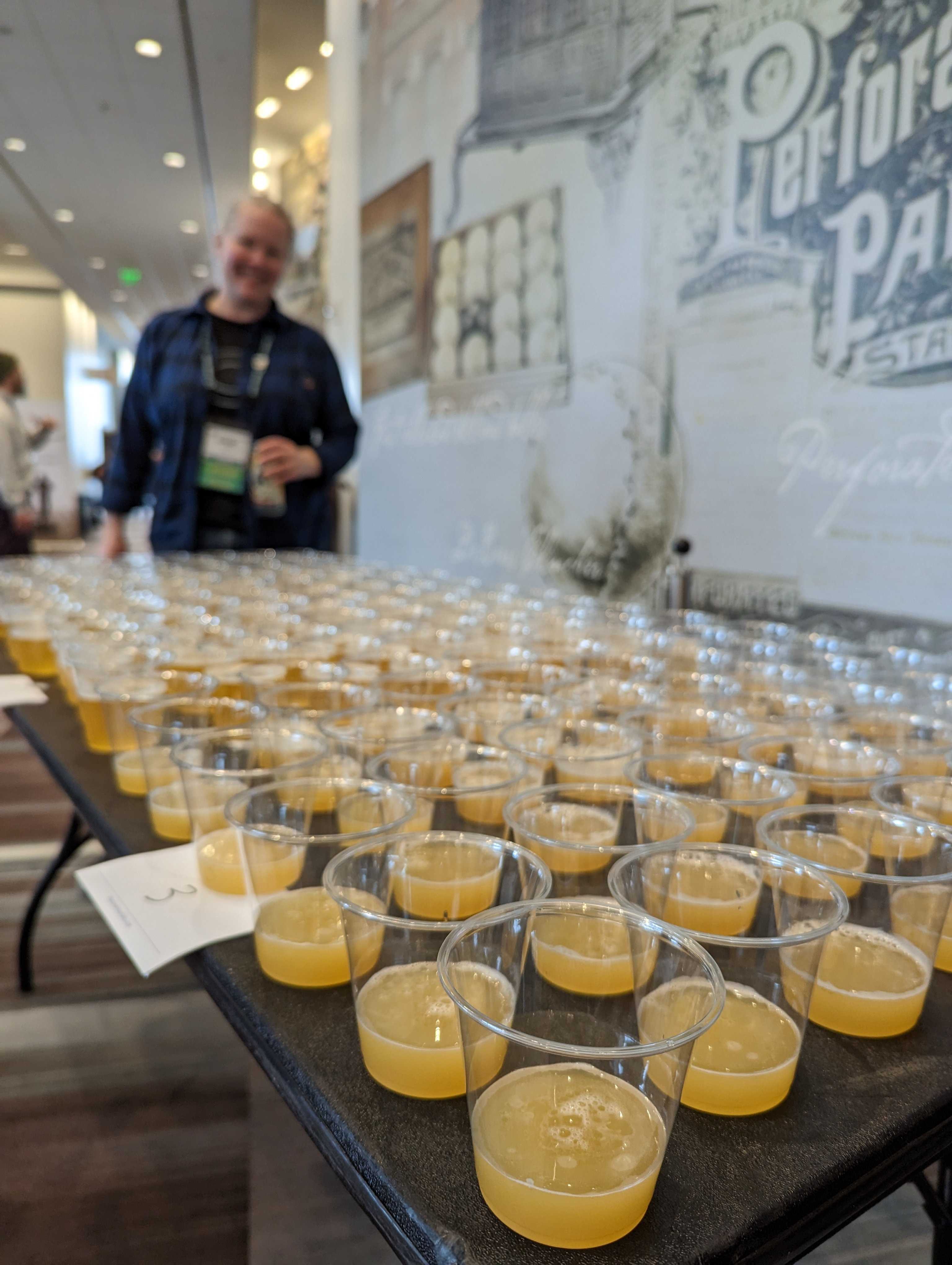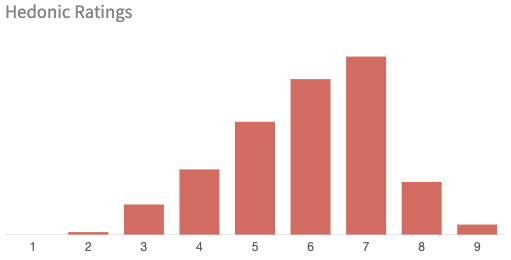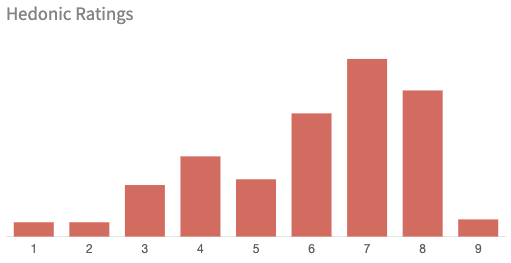
One of my personal mottos is to never waste a good opportunity to learn something new. We love getting research questions from the community (and coming up with our own), so when I spent some time back in January with Laura Burns and Allison Lange of Omega Yeast discussing a new thiol-producing yeast strain, I couldn’t resist getting involved.
Thiols are organic sulfur compounds that come up often in sensory due to their aromatic qualities and presence in a wide variety of products. They can be extremely potent, and new products and studies are being released all the time on how to harness them to make our products better.
It’s one thing to have a new lever to pull on flavor, but it’s a whole other to understand its impact on consumers. This is why we asked the question “what impact do thiols have on consumer preference and perception?” and why I got excited!
A Quick Primer on Consumer Research
Humans are complicated, and our preferences, needs, and behaviors are constantly changing. By gathering data and insights around consumer’s evolving habits, we can make informed decisions about what products and services meet their needs.

There are three basic elements to consider when running consumer research: the research question, the required data accuracy, and the experimental design (which encompasses the testing method, location, consumers, and the samples). These elements are related to each other and need to be aligned to run effective consumer research.
For example, many large companies typically ask complex or granular questions like: “what specific flavor tweaks are needed to appeal to consumers on the other side of the world in support of a global release?”
This is a high-stakes question that demands maximum data accuracy, structured environments, and specifically recruited consumers. Needless to say, these are very time consuming and expensive to run.
Harnessing Opportunities
Remember when I mentioned not wasting opportunities to learn? Well, one thing you can do with consumer research is look for already existing opportunities to engage consumers and make your projects more efficient. That’s what I look for, and it’s exciting when they drop in your lap.

In the case of our thiols question, we realized that we were already giving presentations at two upcoming brewers conferences, which meant we had access to hundreds of attentive brewers, from various locations, who happen to be the “consumers” that buy yeast products. Boom! There’s our opportunity!
The Design
We still needed a way to accurately measure the flavor impact caused by thiols, so we asked our friends at Half Acre to make two different beers, one fermented with the Thiolized yeast and one with their current yeast strain. They kindly obliged and produced two Pilsner style beers that had the same recipe but were fermented with the two different yeast strains.
Our plan was to ask each participant how much they liked each sample, and what flavor attributes they detected based on a pre-determined flavor lexicon.
The Results
During our two presentations in each location, we managed to gather feedback from a total of 240 individual tasters! Here is a summary of what we found, but for a more comprehensive writeup of the results, check out Omega’s blog post here.
- Flavor Attributes - The sample fermented with the thiol-producing yeast exhibited Tropical, Citrus, and Bitter flavors primarily. This contrasts with the control sample that displayed Cereal/Bready, Grassy/Herbal, and Bitter flavors.
- Consumer Liking - Consumers liked both samples, but the shape of the liking, or “hedonic”, curves was most interesting. The control sample’s curve was normally distributed (figure 1) while the thiol-containing sample was bimodal (figure 2), meaning there are two groups of consumers (likers and dislikers). This says to me that the flavors produced by the thiol-producing yeast are polarizing and although many will like it, there may be a subset of the population that may not.

Figure 1: Non-thiolized liking distribution

Figure 2: Thiolized liking distribution
Here's Where it Gets Interesting!
Even though this test was not performed under perfectly controlled conditions the data was replicated almost exactly between the two locations. We had two different groups of people with various levels of training, and yet the results were nearly identical!
This replication speaks volumes for the robustness of the method. It displays that we can efficiently achieve meaningful and consistent results when the opportunity aligns with the research question, testing method, and required data accuracy.
It's Your Turn
There are endless opportunities for doing efficient consumer research, and they may be right under your nose! Even something as simple as giving away a free sample could be an opportunity to get meaningful feedback on your products.
We love chatting about this stuff so please don’t hesitate to reach out.
DraughtLab offers practical and approachable Sensory Analysis Solutions that deliver real-world value to food and beverage companies. Visit our website or reach out to us at info@draughtlab.com to learn more!
